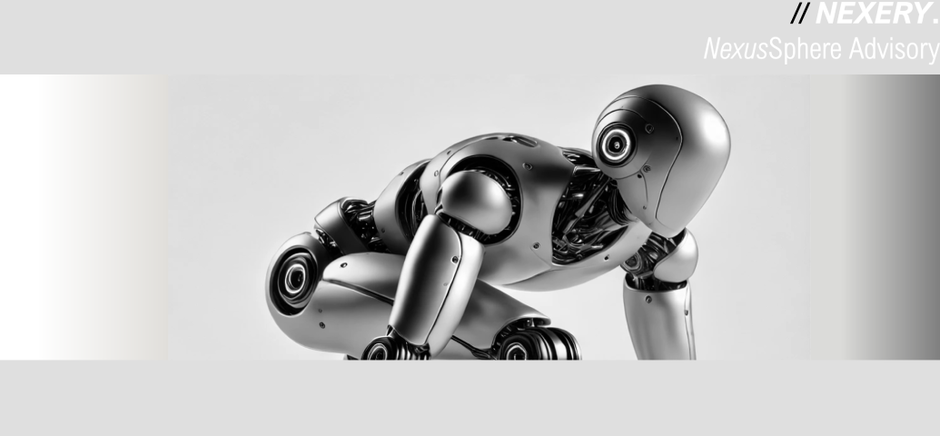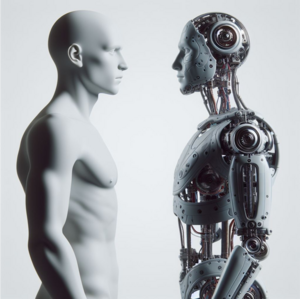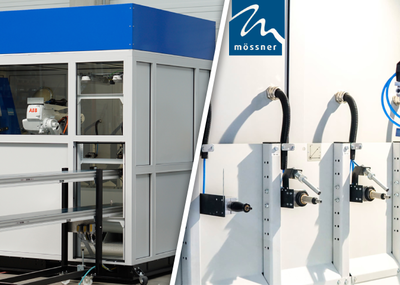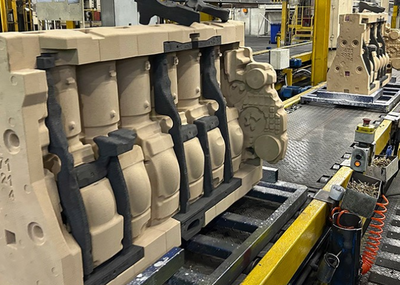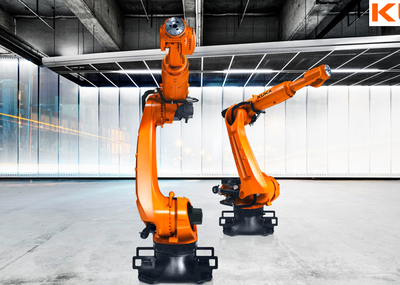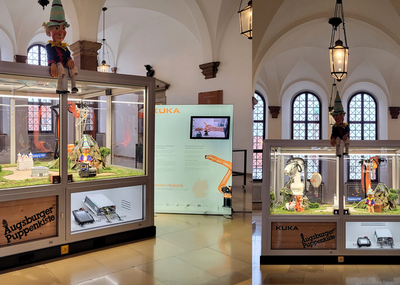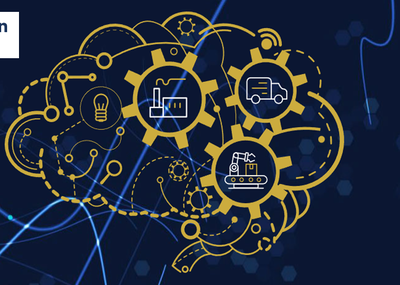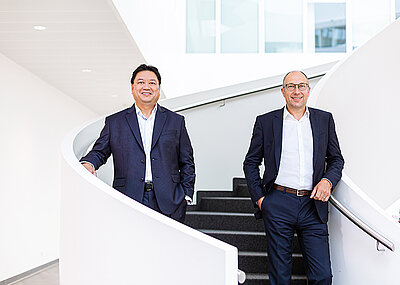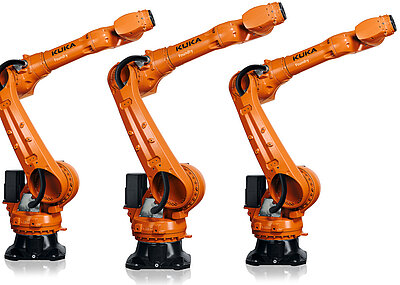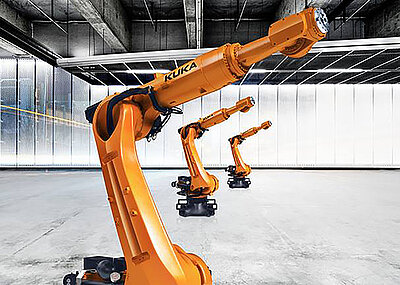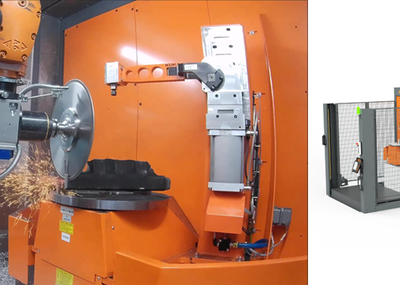Technological Foundation: Mass-Production-Ready Systems from 2025
The Humanoid Robot Study 2025 by Nexery clearly shows: starting this year, the first market-ready humanoid systems will cross the threshold into industrial use. Leading providers such as Tesla, Apptronik, Neura Robotics, and Agility Robotics are investing heavily in applications specifically designed for production and logistics environments.
This new robot generation combines several key technologies:
-
High mobility through advanced joint and drive systems enabling complex handling tasks
-
Artificial intelligence for navigation and decision-making, allowing safe operation in dynamic, unstructured environments
-
Safe human-robot collaboration thanks to advanced sensor technology and real-time collision avoidance
-
Modular, adaptable gripping systems for handling a wide variety of workpieces and tools
These features make humanoid robots a viable economic option for foundries for the first time – not just as a technological showcase, but as a productive addition to daily operations.
Specific Use Cases in Foundries
According to the study, the greatest current potential lies in two areas: intralogistics and quality assurance.
- In intralogistics, humanoid robots can handle material transport between stations, prepare tools, or sort components.
- In quality assurance, they can perform visual inspections, detect surface defects, and classify components accordingly.
In the medium term – as technology matures – further tasks will become feasible: operating machinery, finishing cast parts, carrying out maintenance work, or even assisting in setup processes.
The most promising benefits are:
-
Reduction of physical strain on employees
-
Consistent process quality regardless of shift, daily condition, or staffing levels
-
Higher process stability, even with smaller batch sizes or varying orders
Successful Implementation
The study recommends a step-by-step approach to minimize risks and quickly realize benefits:
-
Document ergonomically critical activities and identify potential use cases
-
Assess automation feasibility considering technical, economic, and organizational factors
-
Pilot a clearly defined use case under real-world conditions
-
Integrate into regular operations while building internal expertise
A well-defined pilot process ensures that not only technical feasibility but also economic viability and acceptance within the company can be verified.
Action Points for Decision-Makers
For leaders in foundries, this means:
-
Start technology scouting now to identify relevant providers and solutions early
-
Initiate and evaluate pilot projects
-
Build internal resources (engineering, IT, process management)
-
Evaluate manufacturer contacts and explore partnerships
Those who act today will gain a competitive advantage. In addition to short-term efficiency gains, there is the strategic opportunity to proactively meet future requirements – such as stricter occupational safety regulations or higher quality demands.
Conclusion
Humanoid robotics marks a turning point in industrial automation. Especially in foundry technology, these systems close gaps for which there have previously been no economically viable solutions. They combine the flexibility of human labor with the precision and endurance of machines.
Companies that address this technology now will secure not only their productivity but also their long-term competitiveness – in an industry where innovation readiness will determine tomorrow’s success.
About the Author:
Tobias Bock is Managing Partner at Nexery and an expert in technological strategies for industry. The complete “Humanoid Robot Study 2025” is available at www.nexery.de.

